Before reading this, you should read the Lesson: Exploring the User Interface first.
Now, here we go .......
In this exercise, you explore the different parts of the user interface.
Your firm is standardizing on Revit Structure. You need to learn the user interface before you start work on a project.
You do the following:
- Explore views of a model.
- Explore model properties using the interface.

The completed exercise
Completing the Exercise
To complete the exercise, download c_rst_essentials_ui.rvt file, follow the steps in the onscreen exercise.1. Open c_rst_essentials_ui.rvt. The file opens in the 3D - Atrium view.
Note: The illustrations in the exercise may vary depending on how you navigate in the project.
2. Examine the tab names on the ribbon.

3. Click each tab and examine the panels that they contain. Notice the organization of these tabs and where different tools and options are found.
4. On the InfoCenter toolbar at the upper-right corner of the screen, expand the drop-down for Help, as shown below.
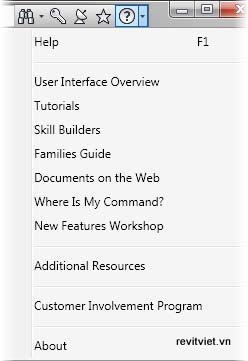
5. Press F1 to open the Revit Structure User's Guide window. Ensure that the Contents tab is active.
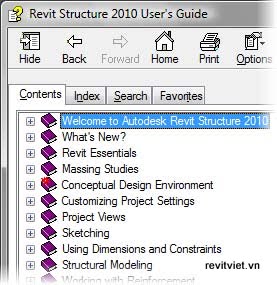
Become familiar with this help system. You can continually utilize this system throughout your learning process and beyond.
6. Close the Revit Structure User’s Guide window.
7. Examine the Project Browser. It lists all the views associated with the structural model. Notice that the 3D - Atrium view is bold, indicating it is the active view.
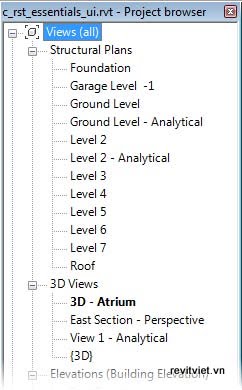
The Project Browser always contains all the views of a model and is used to navigate between the views. You can easily create and name new views as required in your design process.
8. To examine the different views available in this model, in the Project Browser, under Views (All), Structural Plans, double-click Level 2. This activates the view.
9. Return to the 3D - Atrium view.
10. On the View Control Bar, change Model Graphics Style to Shading with Edges.
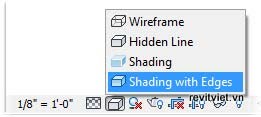
Notice the change in the graphical display of the view.
11. Right-click anywhere in the view window. Notice the context menu for this 3D view and click View Properties.
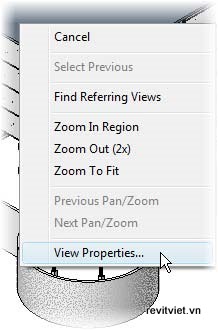
12. In the Instance Properties dialog box, for Visibility/Graphics Overrides, click Edit in the Value field.
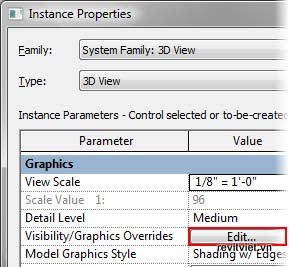
13. In the Visibility/Graphic Overrides dialog box, notice the visibility settings for this view.
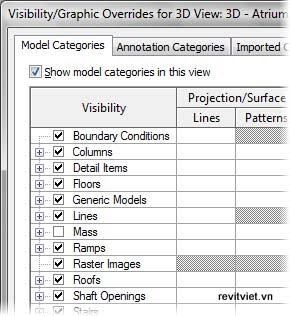
14. Click Cancel in both the dialog boxes.
15. In the view window, place the cursor over the curved foundation wall. The edges will highlight and a tooltip and the status bar display information about the wall.
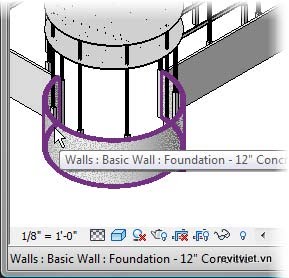
16. Click to select the curved foundation wall. The selected wall displays in blue. A contextual tab named Modify Walls opens on the ribbon. Notice the tools available on this tab.
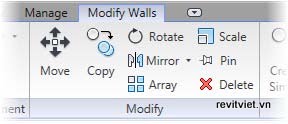
17. Right-click the selected curved foundation wall. Click Elements Properties to open the Instance Properties dialog box.
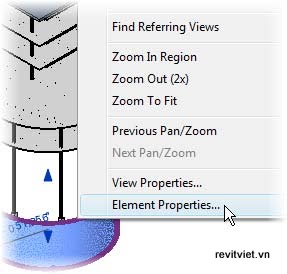
Note: To open the Instance Properties dialog box, you can also click Element Properties dropdown > Instance Properties on the Element panel of the Modify Walls tab.
18. In the Instance Properties dialog box:
- Notice the properties of the wall.
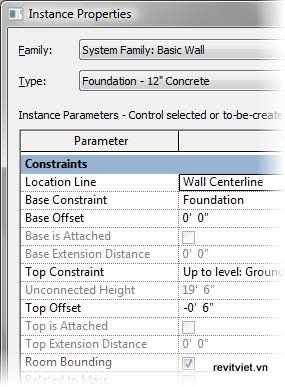
- Click Cancel to close the dialog box.
Explore Model Properties Using the Interface
1. In the Project Browser, under Views (All), Structural Plans, double-click Level 3 to open the view.2. To zoom in to examine a portion of the view at close range:
- On the Navigation Bar at the right of the view window, click the drop-down arrow under the Zoom tool.
- Ensure that Zoom in Region is selected.
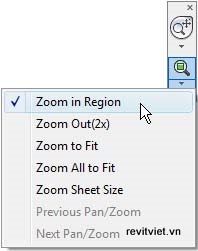
3. Click and drag a selection box around the area between grid lines H and K and grid lines 2 and 4.
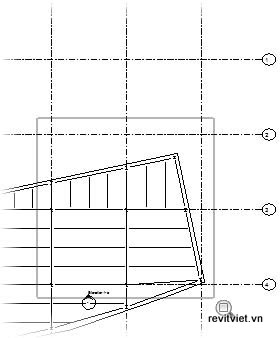
Note: If your mouse is equipped with a scroll wheel, you can scroll in and out in any view. Hold down the scroll wheel and you can pan side to side.
4. Move the cursor over to the column at the grid intersection J3 to highlight it. The column type is displayed in the tooltip and on the status bar.
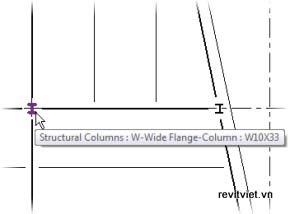
5. Move the cursor over the edge of the floor slab to highlight the floor element. Click to select the floor element. The color of the floor changes to blue indicating the selection. The floor type is displayed in the Type Selector drop-down on the Modify Floors tab.

6. Click Modify Floors tab > Element panel > Element Properties drop-down > Instance Properties to open the Instance Properties dialog box for the selected floor.

7. In the Instance Properties dialog box:
- Notice the floor properties. If you change these properties, only the selected floor properties change.
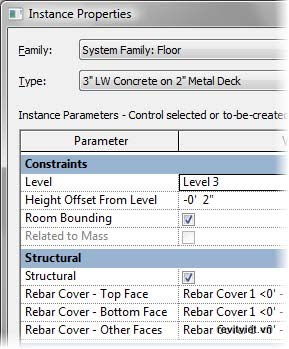
- Click Cancel to close the dialog box.
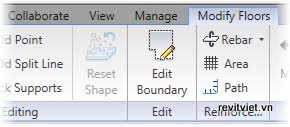
9. Click Home tab > Structure panel > Wall. A contextual tab named Place Structural Wall opens. Notice that the Options Bar below the ribbon displays options such as Location Line, Chain, and Offset for sketching or placing new walls.
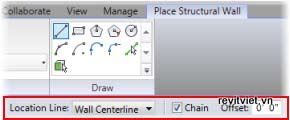
10. Click Place Structural Wall tab > Selection panel > Modify to exit the Wall tool.
11. Click the Annotate tab. Notice the tools that are available on this tab.
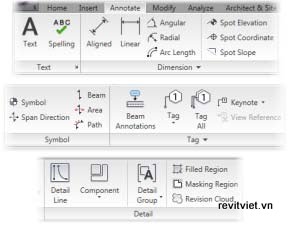
12. In the view window, select the floor slab as selected previously.
13. Open the 3D - Atrium view.
14. In the view window:
- Zoom the view to fit and notice that thefloor slab is still selected.
- Clear the selection by clicking away from the floor slab.
- Click Model Graphics Style to open the associated list.
- Click Wireframe to change the view to wireframe.
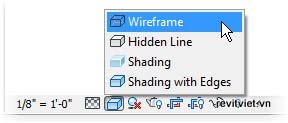
- Apply the other model graphic styles.
17. Click View tab > Windows panel > Tile to display all the views that you have opened.
18. On the Navigation Bar in the active view:
- Click the Zoom drop-down.
- Click Zoom All to Fit. Notice that each view is zoomed to fit within its tiled window.
Continue reading


No comments:
Post a Comment